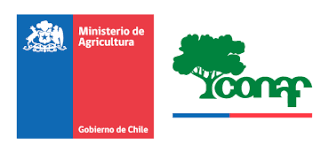Easter Island or Rapa Nui
Easter Island or Rapa Nui is an emblematic case of an island ecosystem characterized by great contradictions and challenges.
This territory is of great biological and ecological interest due to its extreme isolation, its small size and its geographical location. WWF defines the island as an exclusive ecoregion, with a unique ecological and biogeographic history.
In the past, Rapa Nui has suffered a massive loss of biodiversity, including many plant species.
Today, Rapa Nui is confronted with the effects of climate change and other factors that seriously threaten the survival of the last native and endemic flora of this island.
The native plants that have survived so far are under heavy pressure and many species have serious conservation problems.
The biodiversity of the island
From a botanical point of view, the island today offers a relatively limited biodiversity and nearly 90% of the territory corresponds to herbaceous vegetation made up partly of invasive alien species.
The current native flora of Rapa Nui has about 48 species, 11 of which are endemic.
But this floristic heritage is not only relevant from a natural and scientific point of view, but also from a historical and cultural point of view, because it is also linked to the history of the Rapa Nui people, their culture and art.
The threats of the native flores
Threat factors are varied, but the main ones include the threat of invasive plants, frequent and repeated forest fires, uncontrolled grazing of herbivores, and the progression of agriculture. Added to this is a prolonged drought of about ten years, a reflection of the climate change that began to affect the island.
All these elements, which manifest themselves in a territory of barely 166 km2, show the extremely vulnerable situation in which Rapa Nui is currently found, where at least 13 species are classified as «Endangered» or «Critically endangered» and 14 are considered «vulnerable».
There are unique species in this territory that could disappear from the surface of the earth in the short term. Events such as forest fires, livestock flooding into wetlands, or more extensive or acute drought could result in the irremediable loss of these species.
The «Manavai»
Manavai are one of the most common structures in ancestral settlements.
These are enclosed spaces with circular stone walls, of various sizes, about 3 meters in diameter.
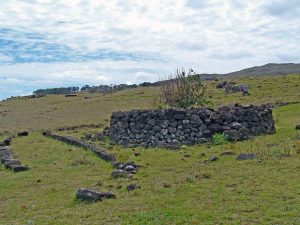
Manavai has been an innovation in ancient times to adapt to changing environmental conditions that, at some point in Rapa Nui’s history, have helped to maintain the productivity of plants essential to food, art, construction and ceremonies.
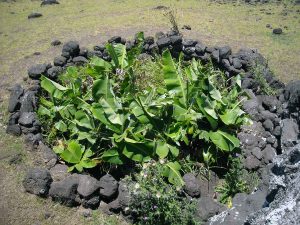
We still see manavai, with native plants, in some places of the island, which are a very tangible testimony of island innovation and the struggle for survival. Today, manavai symbolize local resilience to change.
Rapa Nui and climate change
For several years, Easter Island has been identified as a highly territory exposed to the effects of climate change.
Although the alarm began with fear of the vulnerability of its monumental archaeological heritage to rising sea levels. Today, the greatest concern is the natural resources that support life on this small island of extreme isolation.
In this context, because of its unique characteristics of extreme isolation, its small size, its historical losses and the degradation of its natural resources and current conditions, Easter Island finds itself in a very worrying situation.
Among these is the high degree of soil erosion and non-protection, with degraded vegetation cover, which, among other factors, has led to a sharp decrease in biodiversity. In addition, much of the island is deforested and exposed to constant winds.
On the other hand, fresh water is sensitive to saltwater seepage from the sea and the marine ecosystem has become notoriously impoverished in recent decades.
Video of Presentation of the Klorane Foundation Project and CONAF 2022
The project «Conservation of the native flora of Rapa Nui, Easter Island», presented by CONAF and Pierre Fabre Chile won the 2021 international competition of the Klorane Botanical Foundation. The project will be implemented during 2022.
The conservation project
The project «Conservation of the native flora of Rapa Nui, Easter Island» proposes to create a botanical conservation area protected from the threats of vegetation that exist in the wild areas of the island.
- This space will be arranged with the creation of a green space of more than 4 thousand m2, with open areas and also with a set of ancestral constructions called «manavai».
- Manavai and open areas will be planted with children and youth using the main native and endemic species of Easter Island available for spread, most of them with serious conservation problems.
- The area in question is a well-controlled and constantly monitored area, protected from forest fires, livestock and invasive species, which are common problems and constraints in the wild areas of the territory.
- This area is associated with the Mataveri Otai nursery, the administrative precinct of the CONAF and will in the future be part of a pole of conservation education within the framework of an initiative managed by the CONAF and the Bureau de la Mer.
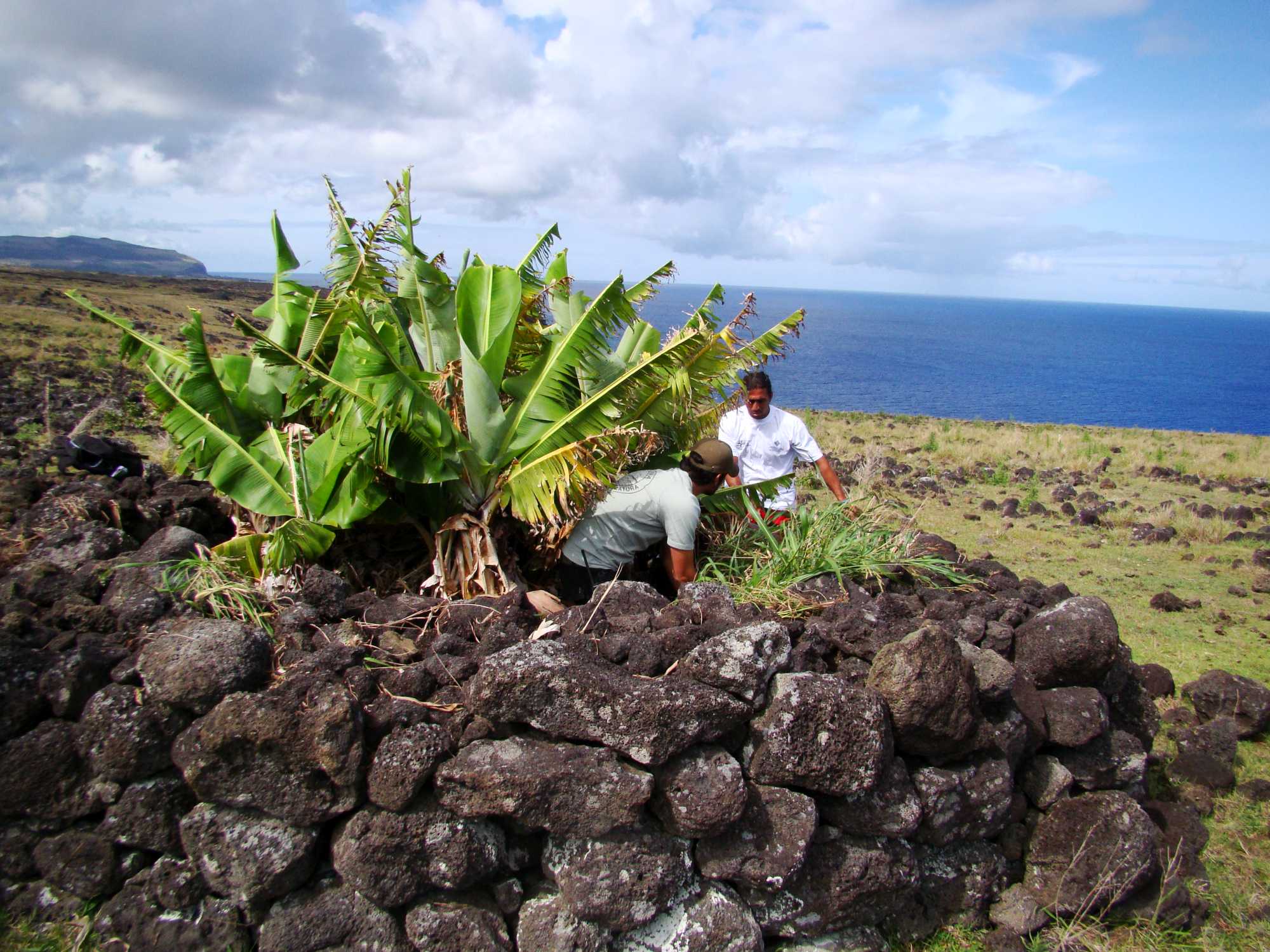
The manavai: the inspiration of the project
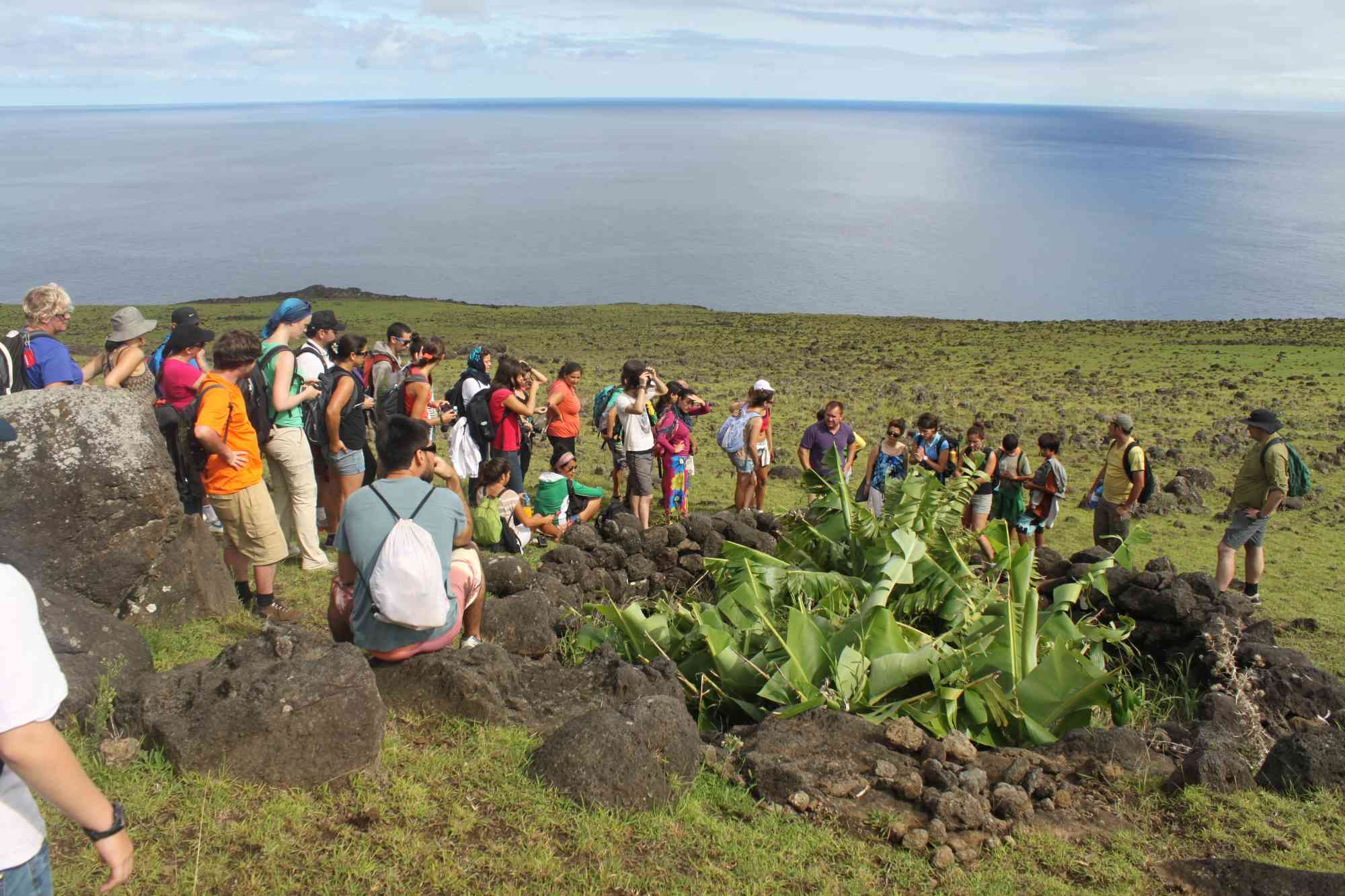
The community and the project
The impact on the community
A key component of this project is education and integration with the community.
As part of the environmental education plan, the values of respect for the natural heritage will be strengthened and young people will be particularly encouraged to become aware of the environment in general and the problems that affect it.
In this sense, manavai are a key element where the historical, the cultural, the natural, as well as the old and the current converge.
Manavai as an ancestral adaptation solution specific to the island, in addition to the plants produced in the Mataveri Otai nursery will establish a simple and practical model that can be reproduced in the homes of the island, in hotels, residences and institutions in general, and thus produce a scalable impact over time.
The partnership for the project
These organizations have come together to carry out this pilot project, which we hope to develop and expand in the years to come.
SOON
Here you will find the details of the development of the project as it is implemented, as well as the educational resources of the conservation area.


